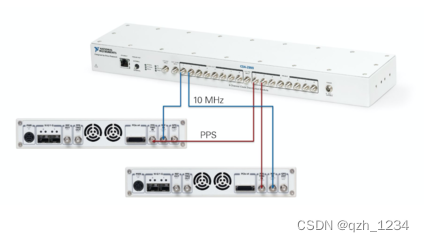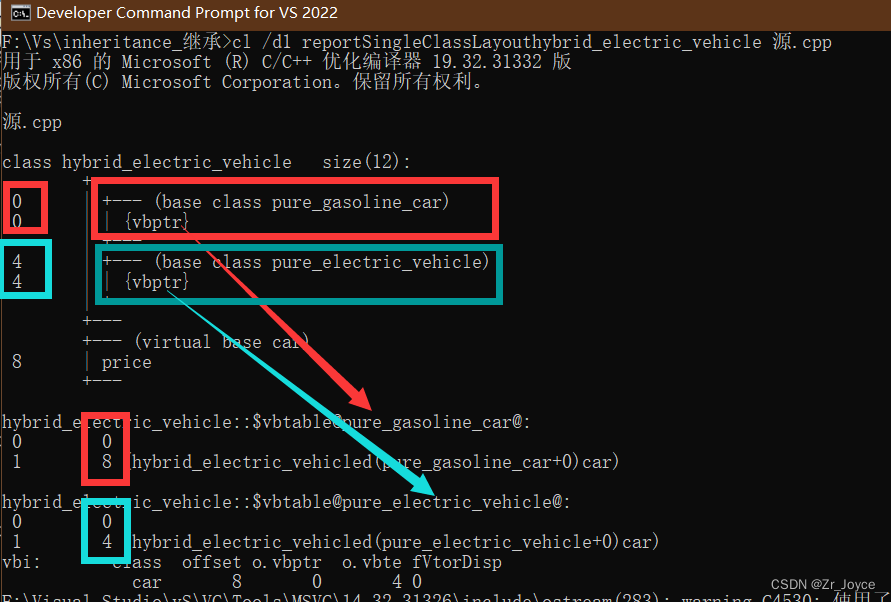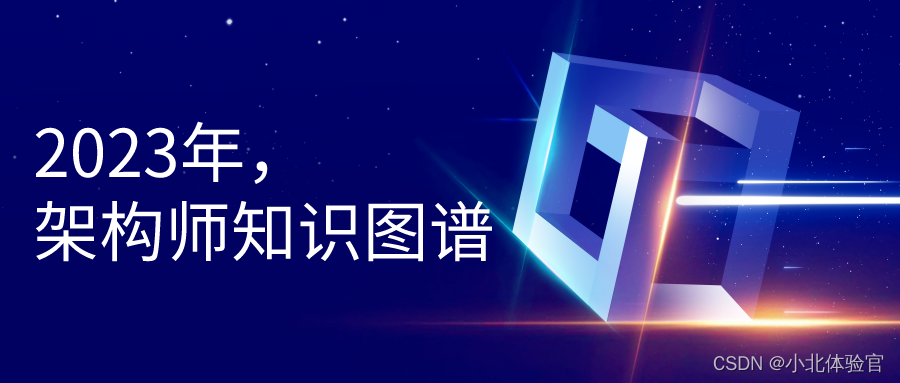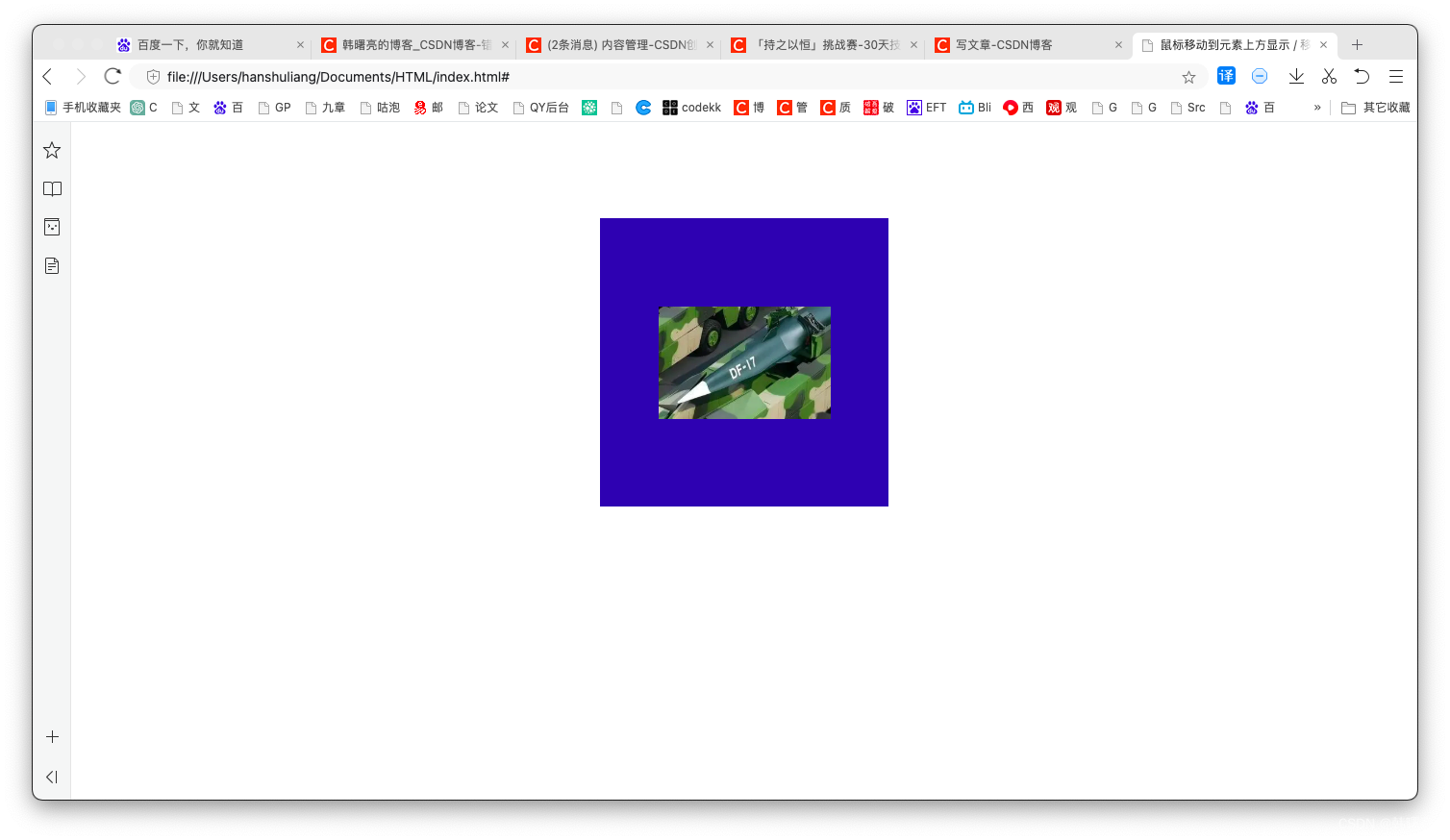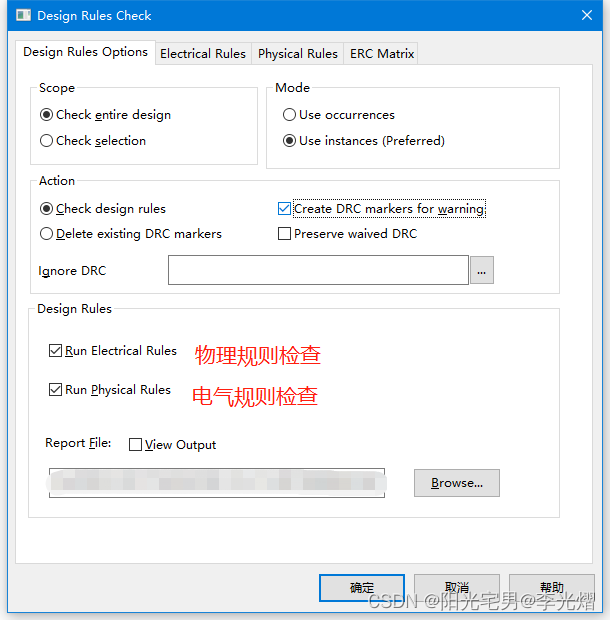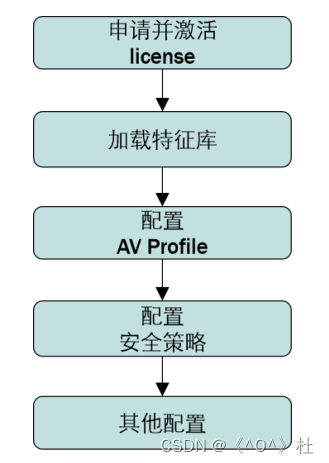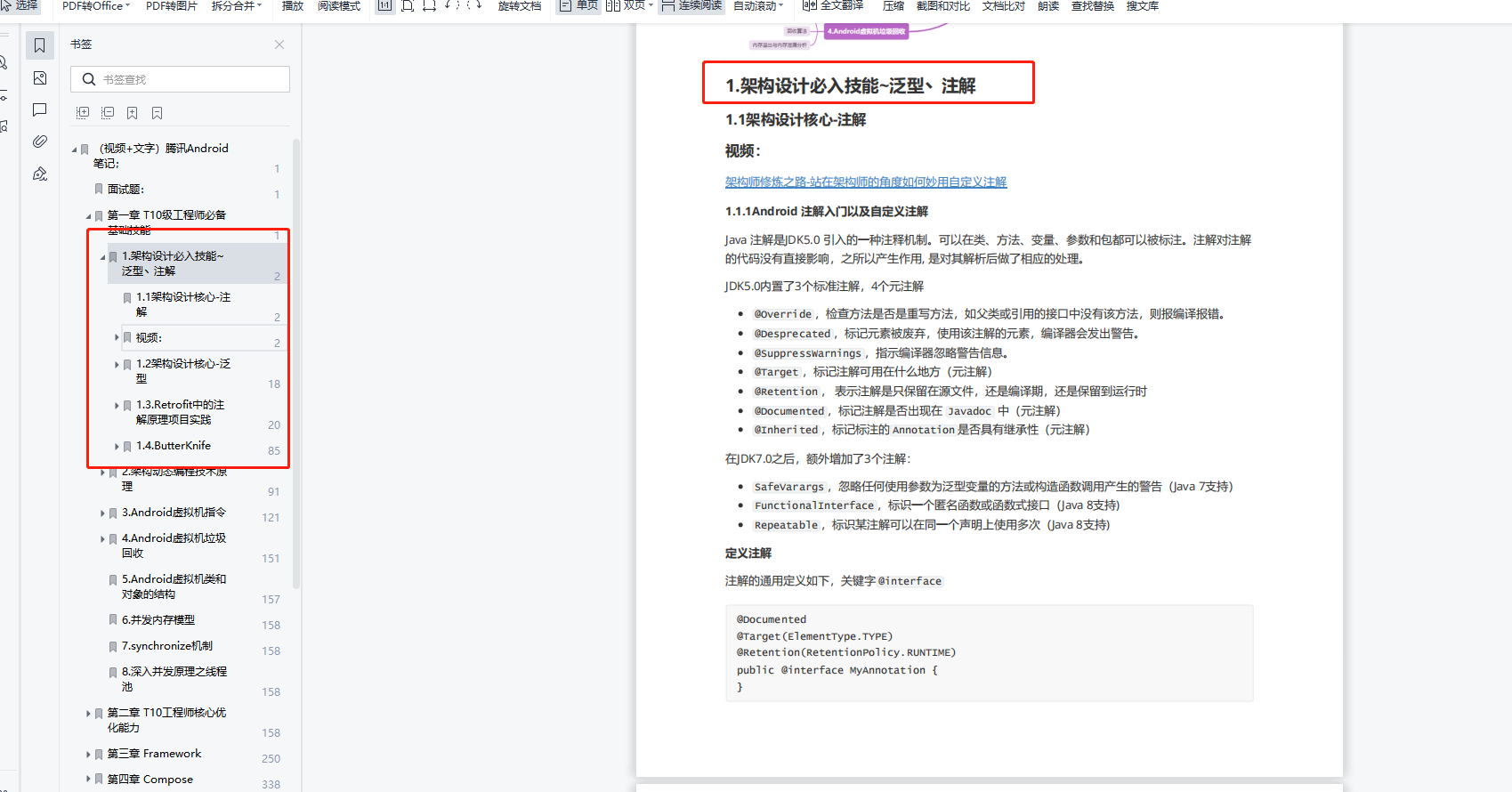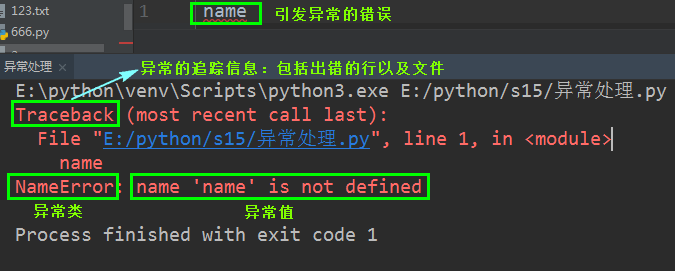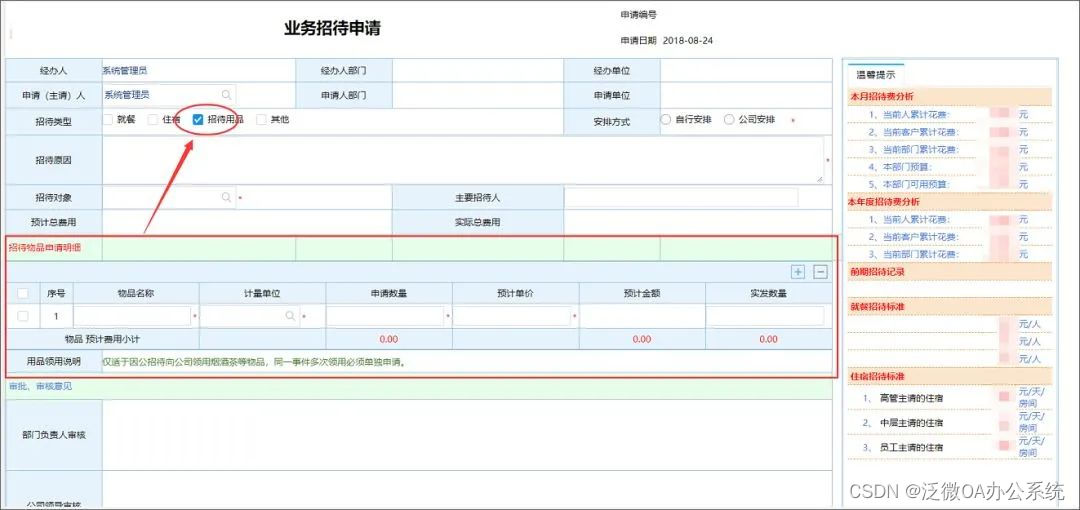目录
Classification
Transformation
Registration Algorithms
Landmark Based
Surfaced Based
Voxel Intensity Based
Information Theory Based
Registration using basis functions
Registration using splines
Other Physics Based Registration
Optimization
Visualization
Validation
Classification
1. Dimensionality
2D-2D, 3D-3D, 2D-3D
2. Nature of registration basis
-Image based
Extrinsic, Intrinsic
-Non-image based
3. Nature of the transformation
-Rigid, Affine, Projective, Curved
4. Interactive
-Interactive, Semi-automatic, Automatic
5. Modalities involved
-Monomodal, Multimodal, Modality to model (the third one can be involved in the first two categories)
6. Subject
-Intra-subject, Inter-subject, Atlas (the third one can be involved in the inter-subject)
7. Domain of transformation
-Local, Global
8. Optimization procedure
9. Object
Transformation
Relate the position of features in two images
-Rigid (Rigid-body)
Translations and rotations
-Affine
Also allows scaling and shearing
-Curved
Allows the mapping of straight lines to curves
- Perspective
The parallelism of lines need not be preserved
(Curved and perspective can be summarized as Non-linear)

Registration Algorithms
Methods used to find the transformation
1. Rigid & affine
-Landmark based (feature point)
-Information theory based
-Edge based
-Voxel intensity based
2. Non-rigid
-Registration using basis functions
-Registration using splines
-Physics based
-Elastic, Fluid, Optical flow, etc.
Landmark Based
Identifying corresponding points in the images and inferring the image transformation.
1. Types of landmarks
-Intrinsic
internal anatomical structure
-Extrinsic
artificial objects attached to the patients
2. Compute the average or centroid of each set of points -> translation
3. Rotate this point set about the new centroid until the sum of the squared distances between each corresponding point pair is minimized.
Surfaced Based
1. Method
-Extract corresponding surfaces
-Compute the transformation by minimizing some measure of distance between the two surfaces
2. Algorithms used
-The "Head and Hat" Algorithm
-The Iterative Closest Point Algorithm
-Registration using crest lines
Voxel Intensity Based
1. Method
-Calculating the registration transformation by optimizing some measures calculated directly from the voxel values in the images
2. Algorithms used
-Registration by minimizing intensity difference
-Correlation techniques
-Ratio image uniformity
-Partitioned intensity uniformity
Information Theory Based
1. Maximize the amount of shared information in two images
-Reduce the amount of information in the combined image
2. Algorithms used
-Joint entropy
Joint entropy measures the amount of information in the two images combined (min)
-Mutual information
A measure of how well one image explains the other, and is maximized at the optimal alignment (max)
-Normalized mutual information
Registration using basis functions
1. Represent the deformation field using a set of basis functions
-Fourier (trigonometric) basis functions or wavelet basis functions
-Implement smoothness constraint by a linear combination of basis functions
-The trigonometric basis functions correspond to a spectral representation of the deformation field where each basis function describes a particular frequency of the deformation
Registration using splines
1. Assumption
-A set of corresponding points or landmarks (control points) can be identified
2. At control points, interpolate or approximate the displacements to map the location of the control points in both images
3. Between control points, they provide a smoothly varying displacement field
Elastic Registration
1. Model the deformation as a physical process resembling the stretching of an elastic material
-The physical process is governed by the internal force & external force
-Described by the Navier linear elastic partial differential equation
2. The external force drives the registration process
-The external force can be the gradient of a similarity measure
e.g. local correlation measure based on intensities, intensity differences, or intensity features such as edge and curvature.
-Or the distance between the curves and surfaces of corresponding anatomical structures
Other Physics Based Registration
1. Fluid registration
-The image was modeled as a highly viscous fluid
2. Registration using mechanical models
-Use a three-component model to simulate the properties of rigid, elastic, and fluid structures
3. Registration using optical flow
Optimization
Many registration algorithms require an iterative approach
-An initial estimate of the transformation is gradually refined
-In each iteration, the current estimate of the transformation is used to calculate a similarity measure
-Make another estimate of the transformation, evaluate the similarity measure again, and continue until the algorithm converges
-No transformation can be found that results in a better value of the similarity measure, to within a preset tolerance
Visualization
1. Color overlay

2. Interleaved pixel or chessboard fusion
3. Dynamic alternating display
4. Split view displays
5. Subtraction images
6. Etc.
Validation
1. Measurements using computer-generated models, images of physical phantoms of accurately known construction and dimensions, and images of patients or volunteers.
-Robustness
-Accuracy
2. Assessment of accuracy
-Estimate of some geometrical measure of alignment error
-Compare the system to be validated against a gold standard
-Visual assessment
